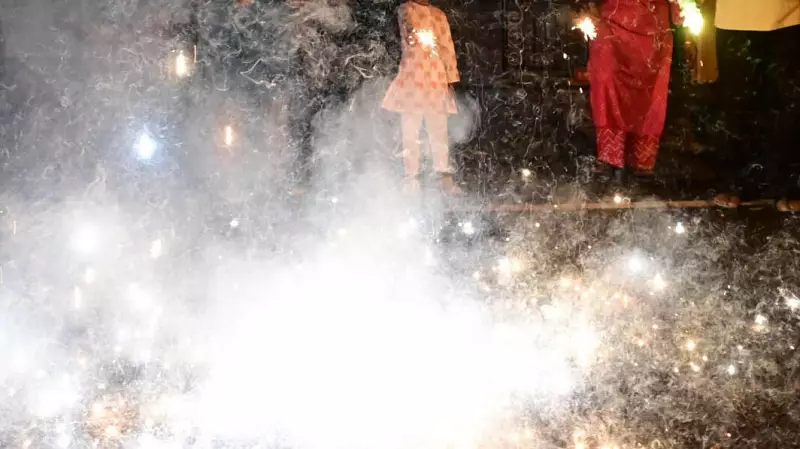
Bengaluru witnessed a starkly divided environmental landscape following Deepavali 2025 celebrations, with air quality parameters painting a concerning yet mixed picture across different parts of the city.
Pollution Hotspots Emerge
According to the latest data from the Central Pollution Control Board (CPCB), several areas in India's tech capital experienced significant deterioration in air quality. The Karnataka State Pollution Control Board (KSPCB) monitoring stations revealed that BTM Layout and Saneguruvanahalli emerged as pollution hotspots, recording Air Quality Index (AQI) values that crossed into the 'poor' category.
Unexpected Improvements in Some Zones
Contrary to expectations, several other monitoring stations showed improved air quality compared to pre-Deepavali levels. Areas including Jayanagar 5th Block and City Railway Station demonstrated better atmospheric conditions, providing some relief to environmental authorities.
Key Factors Behind the Divide
- Varied firecracker usage patterns across neighborhoods
- Differential impact of meteorological conditions
- Localized wind patterns affecting pollution dispersion
- Urban density and green cover variations
Authorities Remain Cautious
Despite the mixed results, environmental agencies have maintained their vigilance. "While we note improvements in some areas, the deterioration in others requires immediate attention and analysis," stated a KSPCB official. The board continues to monitor the situation closely, with special focus on vulnerable residential zones.
Long-term Implications
The post-festival air quality pattern underscores the complex nature of urban pollution in metropolitan cities. Environmental experts suggest that targeted interventions rather than blanket policies might be more effective in addressing Bengaluru's air quality challenges during festive seasons.





